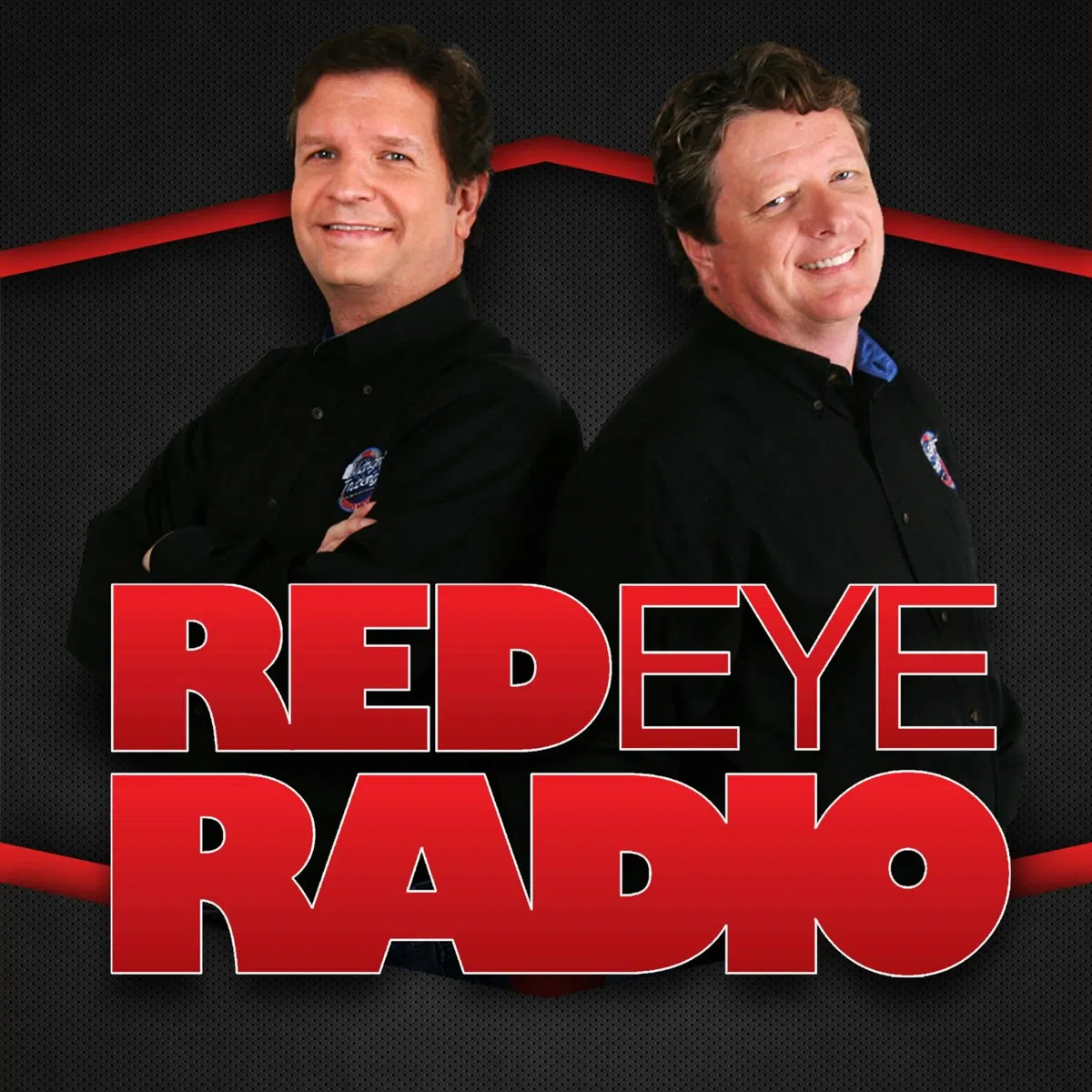In 1982, a precocious 10-year-old from Maine wrote a letter to Yuri Andropov, then General Secretary of the Communist Party of the Soviet Union (and thus its supreme leader), and called on him to make peace rather than war with the U.S.
Her name was Samantha Smith, and she quickly became known as “the world’s youngest ambassador.” She died tragically on Aug. 25, 1985, at the age of 13.
Forty years later, her trip to Moscow still raises questions. Was she used by the Soviet dictatorship at the time to present a happier image of the Russians to the U.S., or was she truly a source of goodwill between the two leading figures in the Cold War?
“It sounds multilayered in the sense that indeed the Soviets took advantage of Smith’s naïve dream of friendship and used her for their purposes, as they always did with all sorts of non-governmental associations used to manipulate Western public opinion,” Laure Mandeville, onetime Moscow bureau chief for the French publication Le Figaro, told Newsmax, “But at the same time, Samantha’s visit no doubt triggered human contacts and in the end a real rapprochement under [Mikhail] Gorbachev, when he allowed it.”
But Russian dissident Mikhail Khodorkovsky, one of the best-known opponents of the present strongman President Vladimir Putin, vividly recalled to us how, as a 20-year-old student, “I thought the West as an ugly abstraction wanting to attack us and Samantha’s arrival gave it — and not only for me, I think — a completely different face: the face of a person, of a kind child. It flipped a switch in my mind — I could no longer see the West as absolute evil, the way propaganda dictated. After that, it would have been much harder for me to ‘press the button’ if it had ever been in my hands.”
Since Samantha, who was 10 at the time, did not understand why the two countries could not live in peace, her mother Jane Smith suggested she write a letter to Andropov to ask him. “I would like to know if you want to conquer the world or at least our country?” she wrote in December 1982.
When she received no reply from Andropov, she wrote to the Soviet Ambassador to the U.S., Anatoly Dobrynin, and wanted to know why. On April 26, 1983, the Russian strongman wrote her back and invited her to Moscow with her family — in the Russian language, with an English translation attached.
“It was not accepted very well, because no one trusted what’s going on,” Valery Kostin, someone who knew Smith and now runs a camp in Crimea [formerly part of Ukraine] for campers and counselors from around the world, “Russians didn’t trust the United States. The Americans didn’t trust the Russians, and it was very difficult for both of the sides to understand each other.”
Samantha arrived in the Soviet Union the same year President Ronald Reagan called it the ‘Evil Empire.’ And Andropov had likened Reagan to Hitler. The Cold War was arguably at one of its hottest points.
Arriving on Russian soil, Smith attended a camp with children and met with locals who were facing food shortages. She also saw the Bolshoi Ballet and met cosmonaut Valentina Tereshkova. But she never got to meet Andropov, who was ailing and would be dead seven months later. Samantha became a media sensation overnight. Returning to the U.S., she appeared on “The Tonight Show Starring Johnny Carson” and later wrote a book about her experience.
“Samantha Smith is well remembered in Russia,” Kostin told us, “A Russian astronomer, Lyudmila Chernykh, discovered a new asteroid and named it 3147 Samantha.”
In 1986, three years after Samantha’s visit to the Soviet Union, 12-year-old Yekaterina Lycheva made a similar visit to the United States. She visited several cities across the U.S. and, while Samantha never met Andropov, “Katya” Lycheva did meet with President Reagan in the White House.
(Newsmax tried to locate Katya but to no avail. She moved to Paris with her mother in 2016 and since then — very strangely — Russian media has been unable to find her).
Smith died tragically in a plane crash that also took the life of her father after returning from filming a television show. Samantha’s stardom from her Russian trip caught the attention of actor Robert Wagner, who cast her as his daughter in a TV series “Lime Street.”
Forty years after her death, much has changed about Russia. The Soviet Union fell in 1991 and what remains is the Russian Federation. It is not known what Samantha Smith would think of today’s Russia, its strongman Putin, or the Russian attack on Ukraine.
But Kostin is still in touch with her mother Jane, and he hopes Samantha is on a postage stamp in the United States someday — as one was issued in Russia already.
In Mikhail Khodorkovsky’s mind, the historic visit of British Prime Minister Margaret Thatcher to the Soviet Union in 1987 and her meeting with General Secretary Mikhail Gorbachev “shattered the propaganda clichés [of the West as evil] altogether. But the first step was Samantha.”
(Mary Barnes is assistant to John Gizzi in Newsmax’s Washington, D.C., bureau)
© 2025 Newsmax. All rights reserved.






